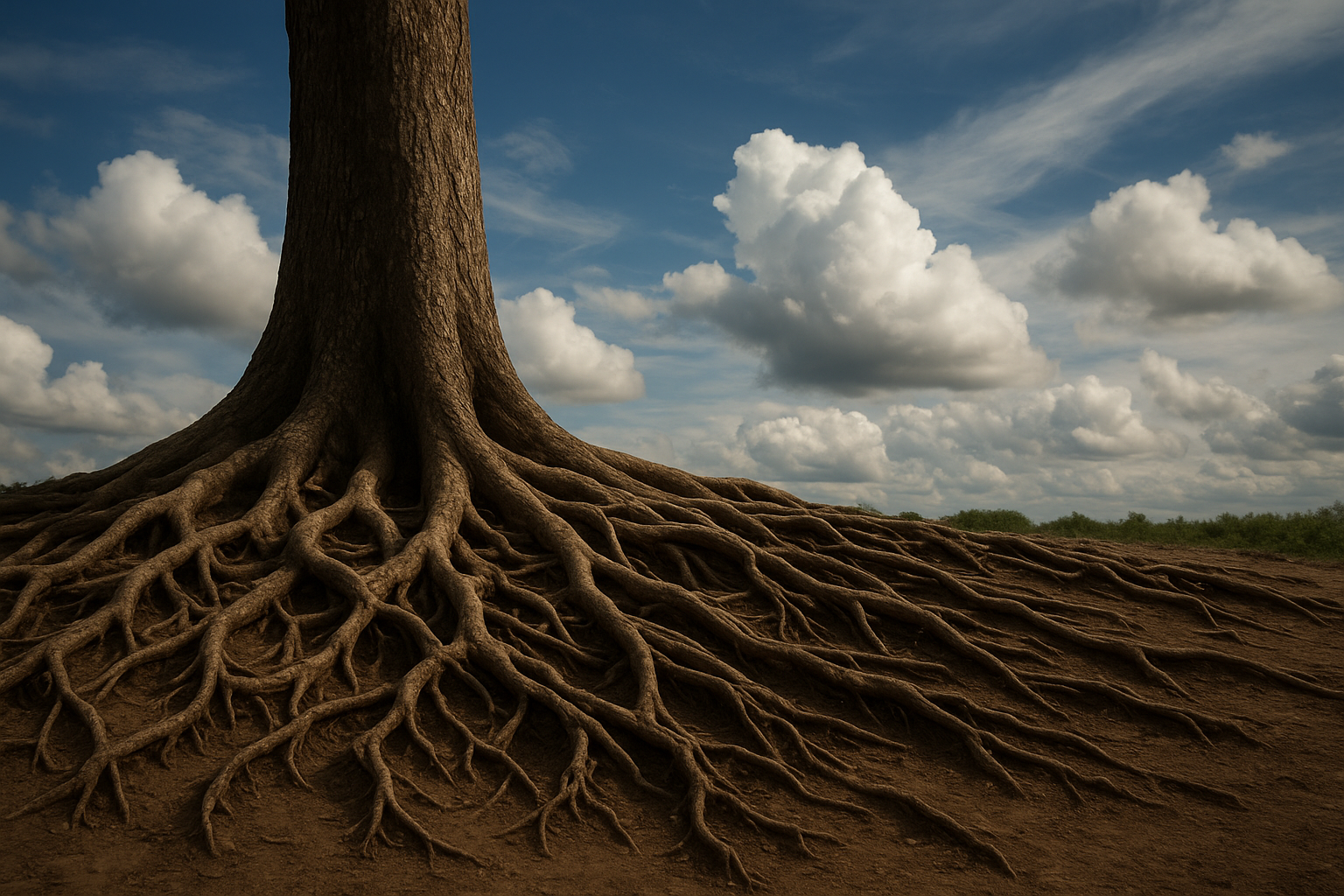Path of Clouds and Dust: Pilgrimage Across Time and Space
The concept of pilgrimage is as old as humanity itself. From the wandering Israelites seeking the Promised Land to the modern-day traveler tracing the route of the Camino de Santiago, the journey has always been one of self-discovery, spiritual enrichment, and cultural exchange. This article explores the historical and contemporary significance of pilgrimage, weaving a narrative that spans cultures, continents, and centuries.
The Origin of Pilgrimage
The earliest recorded pilgrimages date back to the ancient civilizations where journeys to sacred sites were undertaken to seek divine favor or deliverance. The Epic of Gilgamesh, one of the earliest works of literary fiction, describes a journey that is partly a pilgrimage as the hero seeks eternal life.
“The Eternal Life you are seeking you shall never find. When the gods created mankind, they allotted death to mankind, keeping eternal life in their own hands” – Epic of Gilgamesh, translated by N.K. Sandars.
In antiquity, religious journeys often intertwined with trade routes, facilitating both economic and cultural exchanges. The Silk Road was not only a trade artery but also a pilgrimage route merging Buddhists, Christians, Zoroastrians, and Muslims in a tapestry of earthly and spiritual commerce.
Pilgrimages in Different Cultures
- Islamic Pilgrimage – Hajj: The Hajj is a central tenet of Islamic worship, requiring Muslims to visit Mecca at least once. It has remained mostly unchanged for centuries, serving as a unifying pillar for Muslim communities worldwide.
- Hindu Pilgrimage – Kumbh Mela: Considered the world’s largest congregation of religious pilgrims, the Kumbh Mela is celebrated every twelve years. Millions gather along India’s riverbanks, seeking purification and enlightenment.
- Christian Pilgrimage – Camino de Santiago: The Santiago de Compostela in northwestern Spain attracts Christians from around the globe, with pathways like the Camino Francés offering both an arduous physical journey and a transformative spiritual experience.
- Buddhist Pilgrimage – Lumbini: As the birthplace of Buddha, Lumbini in Nepal remains a pivotal pilgrimage site for Buddhists. Steeped in history and serenity, it invites reflection and spiritual awakening.
- Indigenous Pilgrimages: Native American cultures perform pilgrimages to sacred mountains or tribal lands to honor ancestors and maintain spiritual harmony. Such practices emphasize humanity’s intrinsic link with nature and tradition.
Modern Interpretations of Pilgrimage
In today’s hyper-connected world, the idea of pilgrimage is transforming. While traditionally rooted in religious rituals, contemporary pilgrimages now often represent personal quests for mindfulness and simplicity amid the chaos of modern life.
“We are called to be pilgrims in the world, not tourists. Pilgrimages are not just tourist trips.” – Pope Francis.
Many modern-day pilgrims embark on journeys that might not be tied to any religious conviction but are driven by a desire for self-discovery and inner peace. The rise of non-religious pilgrimages, such as hiking the Pacific Crest Trail or visiting sites associated with significant historical figures, attests to an evolving understanding of what constitutes a pilgrimage.
Challenges and Impacts of Pilgrimage
While pilgrimages offer personal transformation, they also present challenges. The mass influx of pilgrims can strain local ecosystems, erode cultural sites, and disrupt native communities. The environmental impact is particularly significant as fragile landscapes become tourist hotspots, necessitating sustainable practices.
“Tourism’s impact on the environment pales in comparison to pilgrimage. Pilgrims tend to be long-stay visitors who create more demand on local resources” – Research by the World Tourism Organization.
Many organizations and communities are now advocating for sustainable pilgrimage practices, encouraging responsible travel that minimizes negative impacts. Initiatives are in place to limit the carbon footprint of such journeys, integrate pilgrims into local conservation projects, and ensure that spiritual journeys do not lead to physical degradation.
The Philosophical Underpinnings of Pilgrimage
The notion of traversing a path of clouds and dust resonates with the Zen concept of samsara, the cycle of life, death, and rebirth. Pilgrimages are parallel to life’s journey—full of trials, revelations, and the ultimate quest for meaning. Ludwig Wittgenstein, the philosopher, famously undertook a kind of intellectual pilgrimage, seeking clarity through his travels and work.
“A serious and good philosophical work could be written consisting entirely of jokes” – Ludwig Wittgenstein.
This quest mirrors our existential longing to understand our place in the universe. It suggests that a pilgrimage, whether spiritual or secular, is less about the destination and more about the transformation that occurs along the way.
Future of Pilgrimage
As we look to the future, the pilgrimage will likely persist as a vital human expression. Advances in transportation may ease the physical burden, while digital technologies offer virtual pilgrimages for those unable to travel.
“More than ever, people are seeking spaces of disconnect and reconnection—pilgrimages serve as a reset and a renewal” – Travel Insights from National Geographic.
The challenge lies in preserving the sacredness of these journeys in increasingly connected and often superficial travel experiences. A reimagined pilgrimage embraces intentionality, cultivating not just a physical journey but a holistic restructuring of mind, spirit, and worldviews.
Thus, the path of clouds and dust continues to stretch beyond horizons, inviting modern pilgrims to embark upon journeys of meaning, reflection, and connection across time and space.


